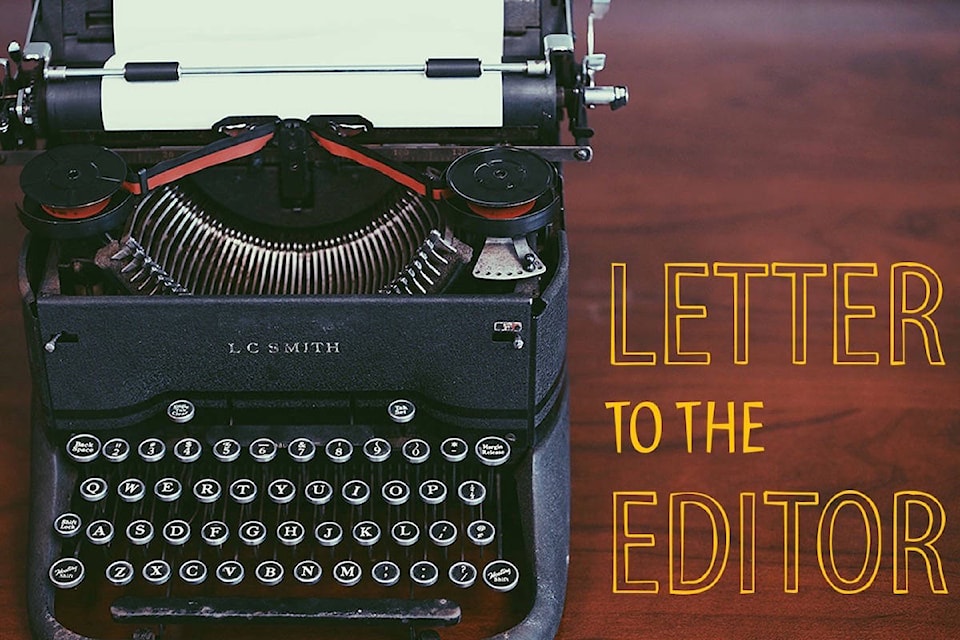One of the best aspects of the 3 pro rep systems on the referendum ballot is that they offer significantly improved local representation.
I’ll illustrate this with a story about two friends, Ian and Linda. Ian has participated in every election for over 60 years, although his vote has never actually served to elect anyone! “I’m going to vote for the candidate I like best, even if that person doesn’t have a snowball’s chance in hell of being elected!”
Linda is more pragmatic: “I don’t want to throw my vote away, so I’ll vote for the person who has the best chance of keeping out the party that I detest”. Linda figures her success rate at voting strategically has been about 40/60 over the years. “It’s not very satisfying,” she says.
I respect Ian and Linda for not giving up. Sadly, about 40% of our fellow citizens have given up, particularly young voters. Only 28% of eligible 18 to 24-year-olds voted in BC’s 2017 election. Only 28%!
One reason is that voters often end up with an MLA who doesn’t share their priorities. Both Ian and Linda feel their elected MLA does well on constituency work, but they are frustrated when it comes to policy. MLAs listen politely and then recite from the party songbook to explain why they won’t support what’s being asked for.
Under first-past-the-post, only about 50% of ballots end up electing someone. In New Zealand, under pro-rep, that number goes up to 95%. Far more voters feel effectively represented because they have a team of MLAs from different parties working for them.
Regional representation would also be improved. All of the ridings in the central interior are currently represented by BC Liberal MLAs in opposition. So the entire region has no voice in government decision-making. Our MLAs can do little but offer advice, which this government, like its predecessors, can dismiss out of hand. Under first-past-the-post, regional representation is an all-or-nothing scenario.
Under proportional representation, each region of the province would elect MLAs to both sides of the aisle, because each of the major parties enjoys significant support in all areas of the province. This means that no area would be completely frozen out of power.
So proportional systems improve local representation in two significant ways: they provide far more voters with an MLA who shares their priorities, and they ensure that government represents all regions.
What would this look like under the three systems on offer? Under Dual Member, voters would have two local MLAs, usually from different parties. Under Mixed Member and in rural areas under Rural-Urban, we would have one local MLA plus a few regional ones, giving us a mix from different parties. And urban voters under Rural-Urban would have a team of MLAs from different parties representing their multi-member riding.
BC can have both stronger local representation as well as proportionality. So my friends Ian and Linda and hundreds of thousands like them would feel that their votes actually mattered.
Gisela Ruckert
President, Fair Vote Canada BC
